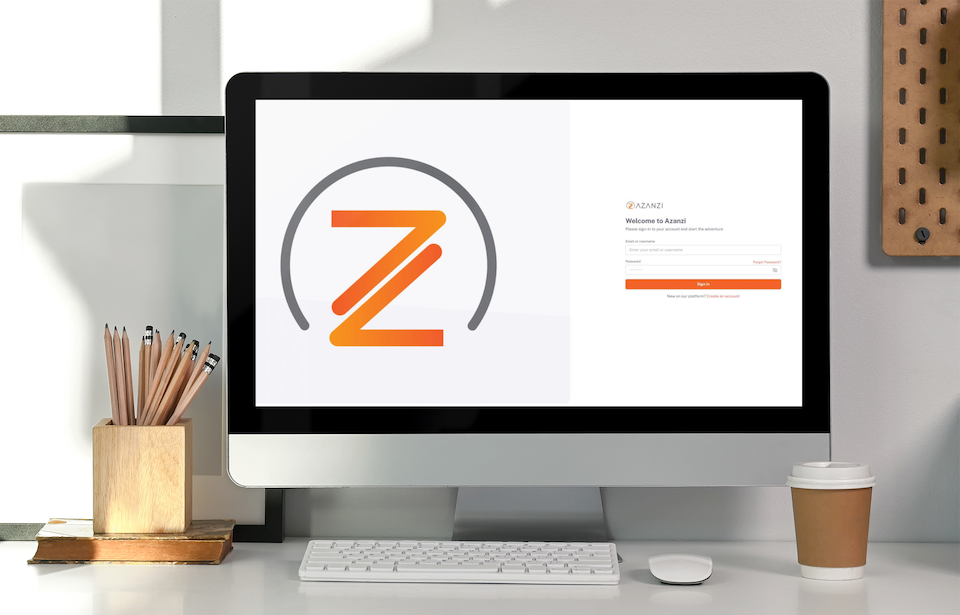

Every business—regardless of size or industry—relies on third-party suppliers, vendors, and service providers. They are essential for innovation, efficiency, and scalability. But every new partnership introduces risk. And in the current threat landscape, these risks are not only growing—they’re accelerating at a rapid pace.
From crippling cyber attacks to costly compliance failures, third-party risk has become one of the most pressing challenges for modern businesses. Yet, alarmingly, many organisations don’t even realise they’re vulnerable until it’s too late.
Let’s unpack why third-party risk management is no longer optional—and what businesses can do to stay ahead.
Supply chain cyber attacks have surged by over 30% year-on-year. Threat actors have shifted their focus, targeting smaller vendors to gain access to larger, more secure organisations through the back door. It’s no longer a question of if your supply chain will be targeted—but when.
These attacks can have devastating consequences. Just one compromised vendor with weak security controls can open the door to ransomware, data theft, and prolonged system downtime across your entire business.
Unfortunately, many companies still rely on outdated, manual processes to evaluate their vendors’ security postures—if they evaluate them at all. Without continuous monitoring and real-time risk visibility, you’re left blind to potential threats lurking within your own supply chain.
Governments and regulatory bodies are taking third-party risk seriously—and they expect you to do the same.
Whether it’s GDPR, FCA, PRA, NIS2, or the upcoming DORA regulation in the EU, businesses are now required to demonstrate clear oversight of their third-party relationships. This includes proving that your suppliers adhere to appropriate security, privacy, and resilience standards.
The fines for non-compliance are significant—and so is the reputational damage. Regulators are no longer accepting ignorance or excuses. They expect proactive, evidence-based third-party risk management, not reactive crisis control after an incident has occurred.
In many organisations, third-party risk assessments are still conducted manually—via spreadsheets, emails, and static questionnaires. While this might have worked a decade ago, it’s simply not fit for today’s dynamic threat landscape.
These outdated processes create blind spots. Information gets siloed. Updates are missed. Suppliers are not reassessed regularly. And the result is a patchwork view of your supply chain that lacks depth, consistency, and real-time insights.
To stay compliant and secure, businesses need to adopt centralised, automated third-party risk management (TPRM) platforms that streamline assessments, track remediation efforts, and flag emerging threats before they escalate.
Reputation is everything. One breach involving a third-party vendor can lead to public scrutiny, media backlash, customer attrition, and shareholder panic. In a world where brand trust is hard-earned and easily lost, you simply can’t afford to be unprepared.
Customers, partners, and investors want to know that your business takes security and compliance seriously—not just internally, but across your entire ecosystem.
Demonstrating strong third-party risk management doesn’t just protect your business; it enhances your credibility and builds trust with those who matter most.
Operational resilience depends on the integrity of your supply chain. From logistics providers and cloud platforms to software vendors and data processors, every third party plays a role in keeping your business running.
If one of them fails—whether due to a cyber attack, legal issue, or internal mismanagement—it can trigger a domino effect that disrupts your operations, delays customer deliverables, and impacts your bottom line.
Too many companies discover these dependencies only when disaster strikes. But with the right tools and processes in place, you can identify and mitigate these risks before they cause disruption.
Despite the scale of the threat, most organisations lack the tools, visibility, and processes to manage third-party risk effectively. They don’t know which vendors pose the greatest risk. They don’t know if suppliers are compliant. And they don’t have a clear picture of how their supply chain would cope in a crisis.
By the time the alarm bells ring, the damage is often already done.
Modern problems require modern solutions. A centralised, automated TPRM platform—like Azanzi’s Third-Party Risk Management tool—helps organisations:
Azanzi gives you a complete picture of your third-party risk landscape—so you can make informed decisions, stay compliant, and respond proactively to emerging threats.
The risks are real. The stakes are high. And doing nothing is no longer an option.
If your business relies on third parties, it’s time to ask: Do we truly understand our risk exposure—and are we doing enough to manage it?
The right TPRM strategy—and the right tool—can mean the difference between staying one step ahead or falling dangerously behind.
Find out how Azanzi TPRM can help mitigate and manage supply chain cyber security.

Explore how Azanzi TPRM delivers the control, flexibility, and visibility that other platforms often leave behind.
Read more
This blog explores how self declaration on cyber security will differentiate you from the competition.
Read more
This blog explores learnings about TPRM and supplier security management from the M&S cyber attack.
Read more
This blog explores the cyber risks of using third parties in your organisation.
Read more
This blog explores actionable strategies to help organisations identify, assess, and mitigate cyber risks within their supply chains.
Read more